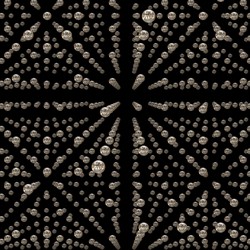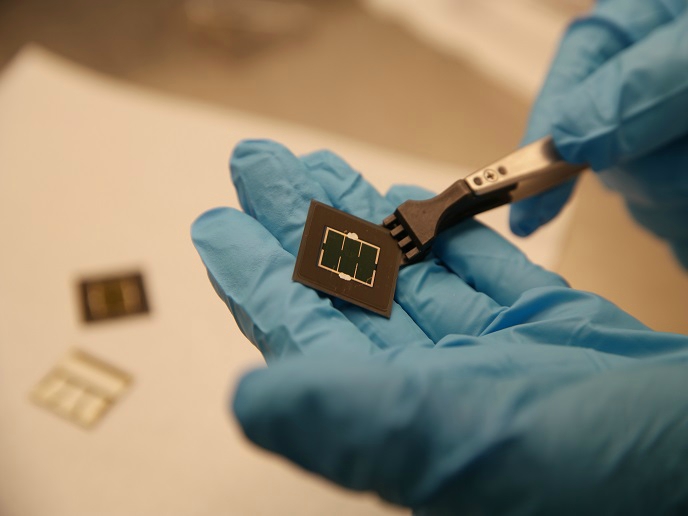Exciton diffusion in molecular crystals
Exciton diffusion in molecular crystals or aggregates occurs in many organic electronic devices including light emitting diodes and solar cells. A long exciton diffusion length is required for efficient organic solar cells, where excitons diffuse to a donor-acceptor interface to initiate the process of charge separation. This leads to the generation of photocurrent. The EXTMOC (Exciton transport in molecular crystals: The role of dynamic disorder) project was initiated to develop an accurate theoretical model that describes exciton diffusion in molecular crystals. The focus was on introducing thermal molecular motions (dynamic disorder) in the approximation. There were several steps: development of a proper diabatisation scheme to compute excitonic couplings; evaluation of the fluctuation of the excitonic couplings due to the thermal nuclear motions; and theoretical modelling to study exciton diffusion in coherent and incoherent regimes. Excitonic coupling in molecular crystals was shown to undergo a very large fluctuation at room temperature, as a result of the combined thermal motions of the nuclei. A diabatisation scheme was developed to compute the excitonic couplings between an arbitrary number of states in molecular pairs. The method was based on an algebraic procedure to find diabatic states with properties that are as close as possible to some reference states. An expression was derived for the hopping rate between localised states in semiconducting disordered polymers that contain the most used rates in the literature as special cases. These rates cannot be obtained directly from electron transfer rate theories as it is not possible to define diabatic -localised states if the localisation is caused by disorder. This is the case for most polymers rather than nuclear polarisation effects. The team has investigated the mechanism of generation of free charges in organic photovoltaic cells from electrostatically bound electron-hole pairs. They have demonstrated that thermal motions in molecular crystals cause substantial fluctuation of the excitonic coupling between neighbouring molecules (dynamic disorder). The effect of such fluctuation on the exciton dynamics has been explored for two contrasting cases, exemplified by crystals of anthracene and a heteropentacene derivative. Study findings could significantly improve the design of photovoltaic technology.







